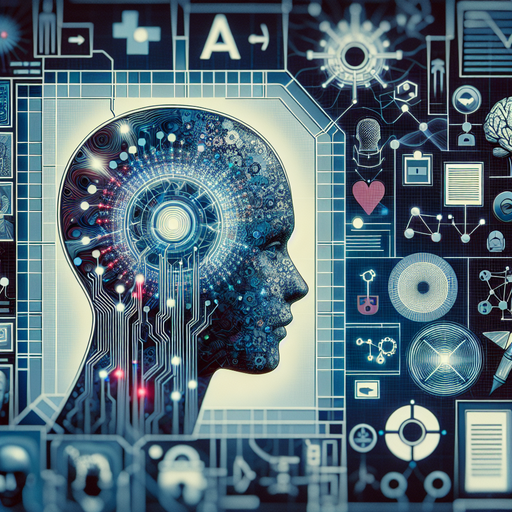AI Video Generation for Adult Content: Current Capabilities and Limitations

In recent years, artificial intelligence (AI) has made significant strides in various domains, including video generation. One of the more controversial applications of AI video generation technology is in the realm of adult content. This post explores the current capabilities and limitations of AI-driven video generation in the adult industry, offering insights into what technology can achieve today and the ethical considerations involved.
Understanding AI Video Generation
AI video generation involves using machine learning algorithms, primarily deep learning models, to create videos from scratch or modify existing footage. These models analyze vast amounts of data to learn patterns, styles, and nuances required to generate realistic content. In the adult industry, AI is being used to produce videos that mimic real-life actors or create entirely synthetic personas.
Current Capabilities
AI video generation technology has reached a level where it can produce highly realistic visuals. The key capabilities include:
- Deepfake Technology: AI can superimpose faces onto bodies in videos, creating realistic yet synthetic footage. This technique is widely used to create fake celebrity adult content, raising significant ethical concerns.
- Virtual Actors: AI can generate entirely new personas that do not exist in real life. These virtual actors can perform in videos, offering a novel form of adult entertainment that bypasses the need for human performers.
- Enhanced Personalization: AI algorithms can tailor content to individual preferences, offering bespoke experiences that traditional adult content cannot.
Limitations and Challenges
Despite its advancements, AI video generation in adult content faces several limitations and challenges:
- Ethical Concerns: The technology raises significant ethical issues, particularly regarding consent and the potential for misuse in creating non-consensual deepfake pornography.
- Quality and Authenticity: While AI-generated videos can be realistic, achieving perfect authenticity remains a challenge. Subtle imperfections can give away synthetic content, impacting viewer experience.
- Legal Frameworks: The rapid development of AI in this sector often outpaces legal frameworks, leaving gaps in regulation and enforcement regarding the creation and distribution of synthetic adult content.
- Technical Limitations: Creating high-quality AI-generated videos requires significant computational resources, which can be a barrier for smaller producers or independent creators.
Conclusion
AI video generation for adult content is a rapidly evolving field with both impressive capabilities and significant ethical and technical challenges. While it offers the potential for innovative forms of entertainment and personalization, it also necessitates careful consideration of the implications for privacy, consent, and legality. As technology continues to advance, it will be crucial for stakeholders in the adult industry, including developers, policymakers, and consumers, to engage in conversations about the ethical use and regulation of AI-driven content.